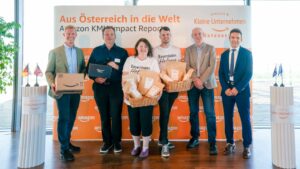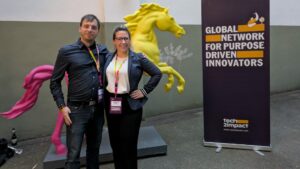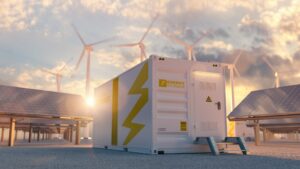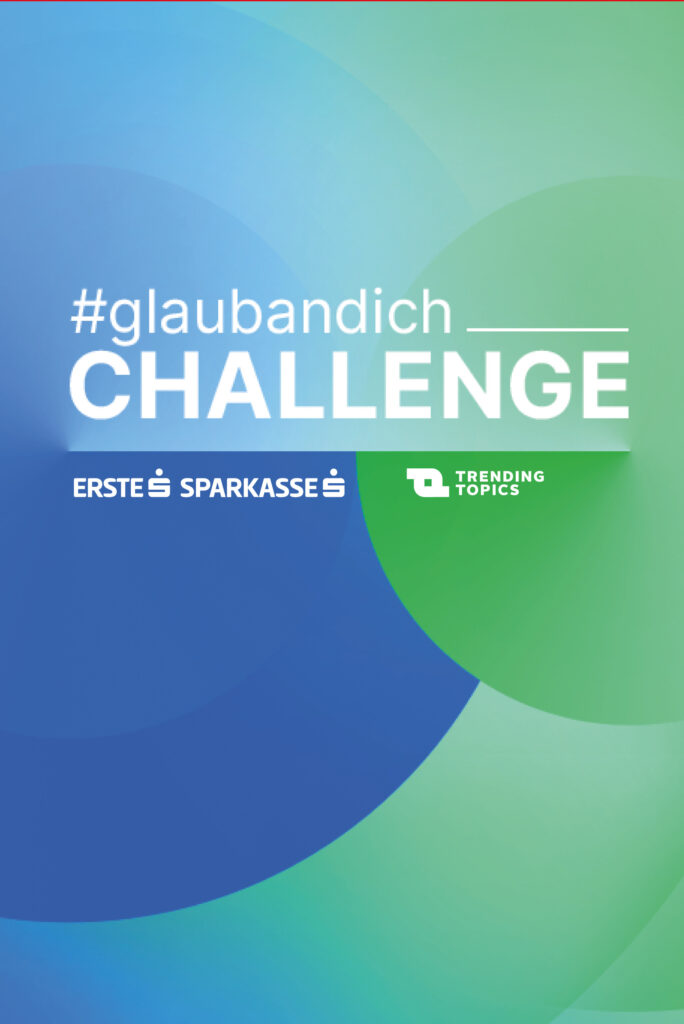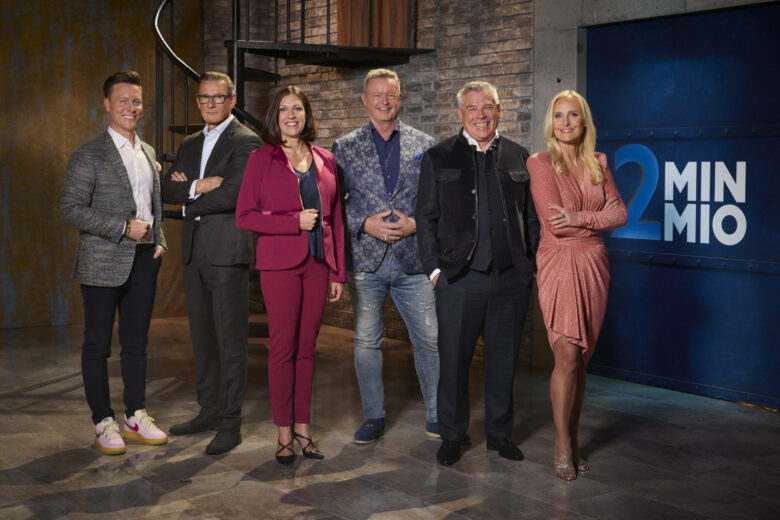Nuclear Fusion: Promising Energy Source Without Emissions And Nuclear Waste
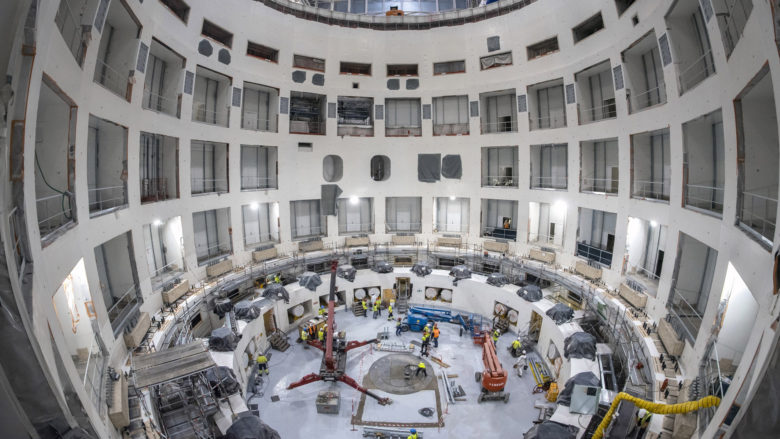
Affordable, abundant, and green energy – too good to be true? Today’s nuclear energy (discussed in a previous article) works by splitting big atoms into smaller ones. Nuclear fusion is the opposite. It takes two smaller atoms and joins them into one.
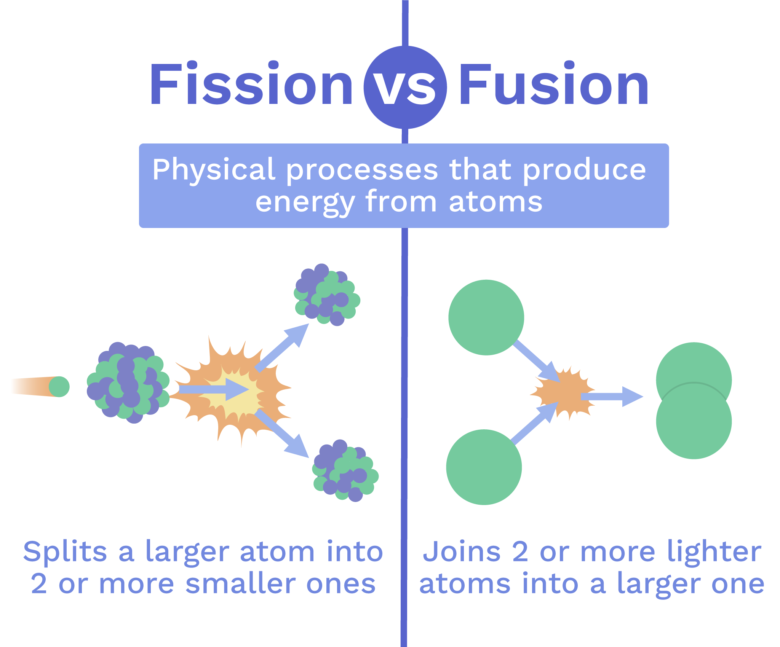
Fusion powers the sun. The benefits of having fusion power plants on Earth would be immense:
- No direct CO2 emissions
- No long-lived radioactive waste
- No risk of explosions
Fusion has always been a technology of the future – some say “always 30 years away” – but real progress has been made.
Still, the best reactor today takes in more energy than it produces. The ratio of input to output energy is called “Q”. If Q is greater than 1, we are happy. Today, we are at Q=0.67, but then it stopped.
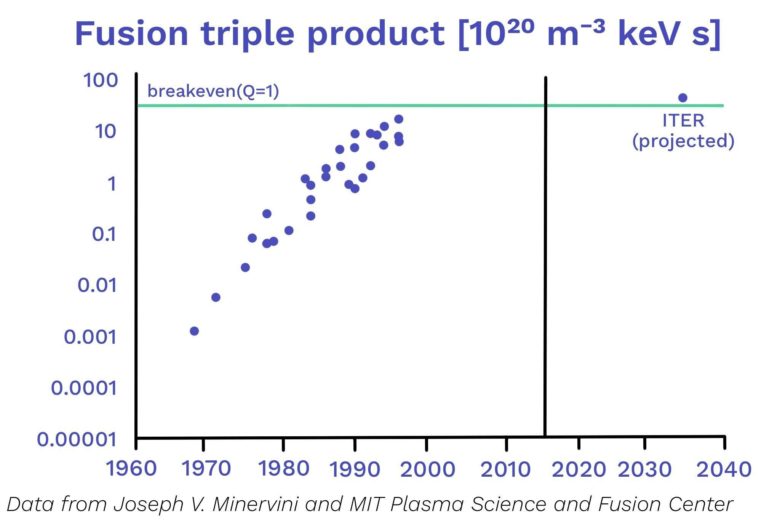
So close! What’s stopping us?
To get the cores of atoms to touch and fuse, we need to break the electrons off the atoms and press the whole soup of particles together very strongly. This requires temperatures of 100.000.000°C. Today, this takes more energy than we get out of it – around 1.5x as much.
There are two ways to solve this problem:
- Make the reactor bigger
- Stronger magnets to hold the material together
Sometimes, big is good. Think about Tesla’s Gigafactory – it made the productions of batteries radically cheaper. That’s not the case for fusion.
ITER is an international science experiment aiming to reach Q=10 by increasing the size of the reactor:
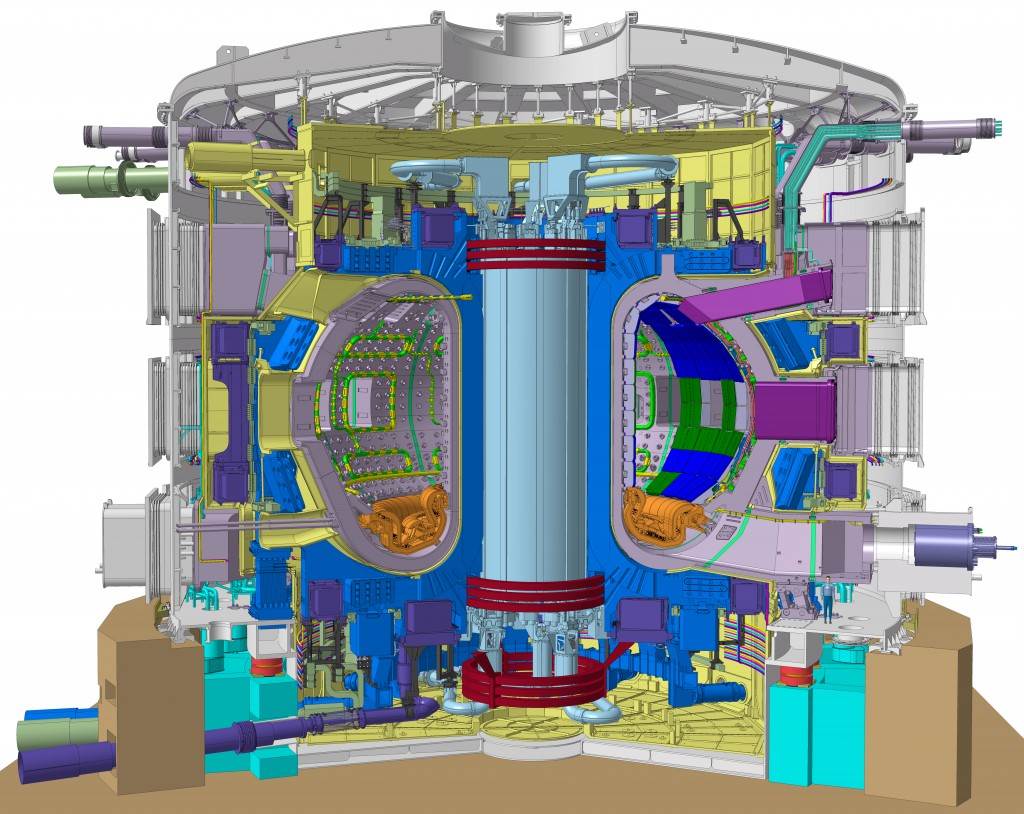
Can you see the person standing on the platform on the bottom-right of the reactor? The ITER reactor is big. Too big?
ITER has used tens of billions of dollars and is taking decades to build.
Stronger magnets, small reactors?

Recent work on something called “REBCO superconducting magnets” has allowed the magnetic field strength to roughly double!
Importantly, ITER still uses the old, weaker magnets. Using these new magnets could be an essential step on the way to fusion reactors with Q > 1 faster and for less money.
Research labs at universities like MIT and private companies are now working on using these stronger electromagnets in fusion reactors. One such company, spun out of MIT, claims it can reach Q=20 by 2030.
So, will we have fusion soon?
The ongoing work on reactors with stronger magnets will be a crucial indicator of the future of fusion energy. It will likely take a few years to build a protoype and at least a few more for a commercial design, but step by step, we are getting closer.
Projections of when fusion going to be on the market are not interesting. The technology is still in the research phase, so nobody knows. What is interesting, is that we are making progress towards an energy source that could be affordable, abundant, and green – eventually. Once fusion works, it will still take time to make it cheap enough to be competitive with fossil fuels and renewables, and more time to scale up the production and construction of reactors.
If you want to learn more about all kinds of solutions to climate change, clean energy, and more, check out https://climate-science.com. Our full course on Clean Energy is coming in early July 2020!
Special thanks for reviewing verisions of this article go to Pandora Dewan, Criodán Ó Murchú, and Or Hadas.






